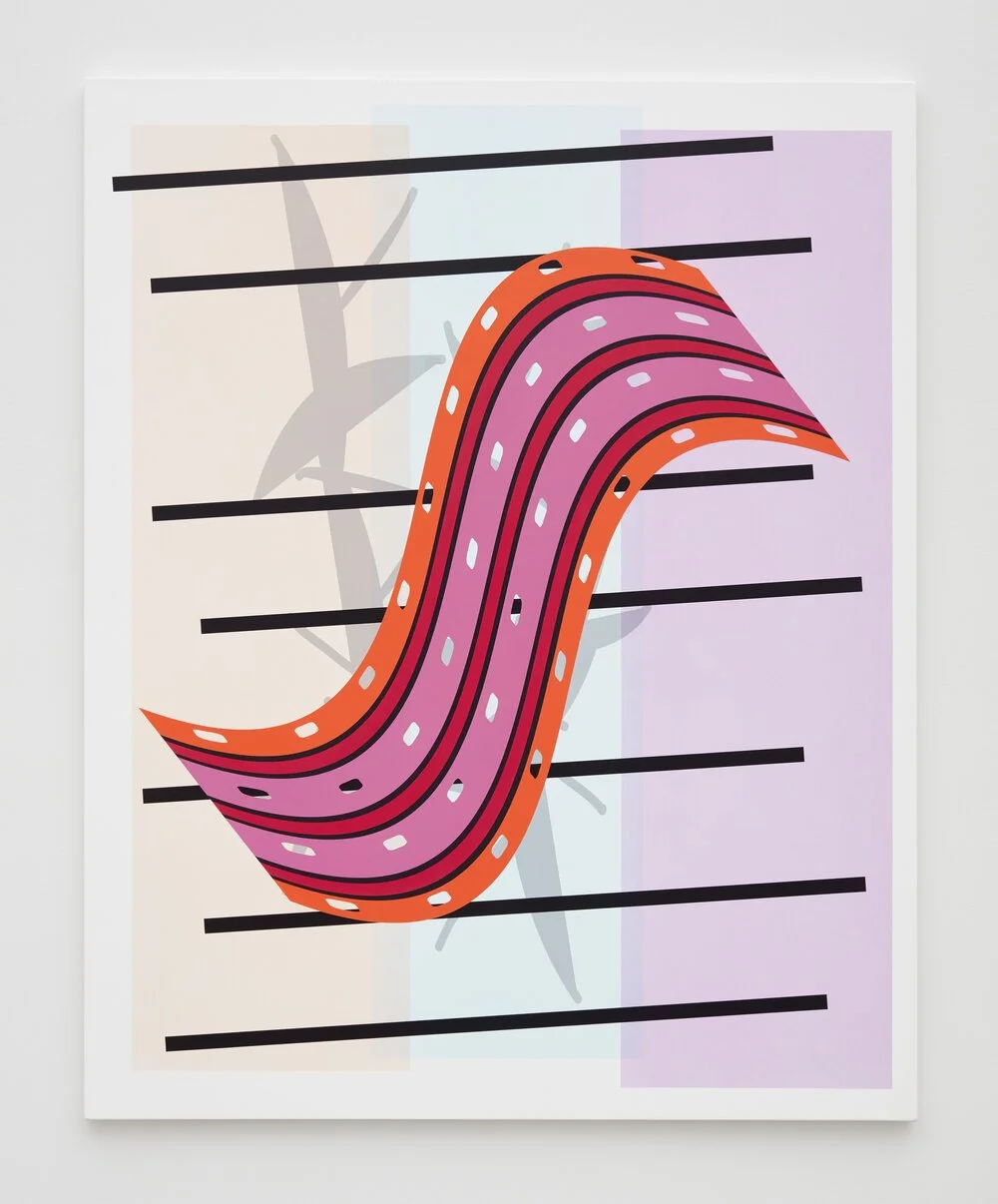Vik Muniz
Pictures of Paint
New York, 530 West 22nd Street
It was only after moving to the US in 1983 that Vik Muniz was able to physically engage with the art he had known exclusively through reproductions in Brazil. The separation between these two distinct experiences has become the core of a multi-faceted oeuvre spanning the course of three decades. Muniz’ work invites the viewer to wander in an ambiguous and somewhat disorienting territory between the image and its physical counterpart, between mind and matter, perception and phenomenon. This “metaphysical fitness,” as he calls it, awakens both the intellect and the senses to continuously chart new paths through an ever-changing reality. When past and present, as well as document and fact, become disrupted, the viewer is challenged to transcend interpretation and acknowledge the fragility of their own visual convictions.
Muniz works in series, sometimes starting with a material or technique that is applied to a diverse range of imagery. Other times, he selects a subject, theme, or family of images as an initial point of departure. This exhibition explores these two contrasting approaches to his work: one presents a material looking for meaning, and the other presents an image searching for physical resurrection. Both series reflect on the condition of historical artifacts in contemporary times.
The painted surface has traditionally been an epistemological battleground reserved exclusively for painters. As these surfaces are continuously viewed and reproduced through history, their material aura is diminished. We tend to remember paintings by color, context, and composition, as opposed to their surface texture or physicality.
This gap between the thing and its meaning has been Muniz’s artistic concern from the beginning of his practice, when he drew famous photographs from memory, photographed the drawings, and exhibited the resulting images. With his new series, he again subtracts the material element that differentiates a painting from a photograph and re-presents it, objectified by a layered image. Though these works utilize painting in both their process and concept, they are not paintings—yet as photographic images of works that exist in an autonomous, physical form, they are not abstractions either. This entropic negotiation of material loss and virtual gain pushes the viewer to question their relationship to the physical experience of an artwork, as images are so overwhelmingly mediated by the convenience and ubiquity of digital technology.






